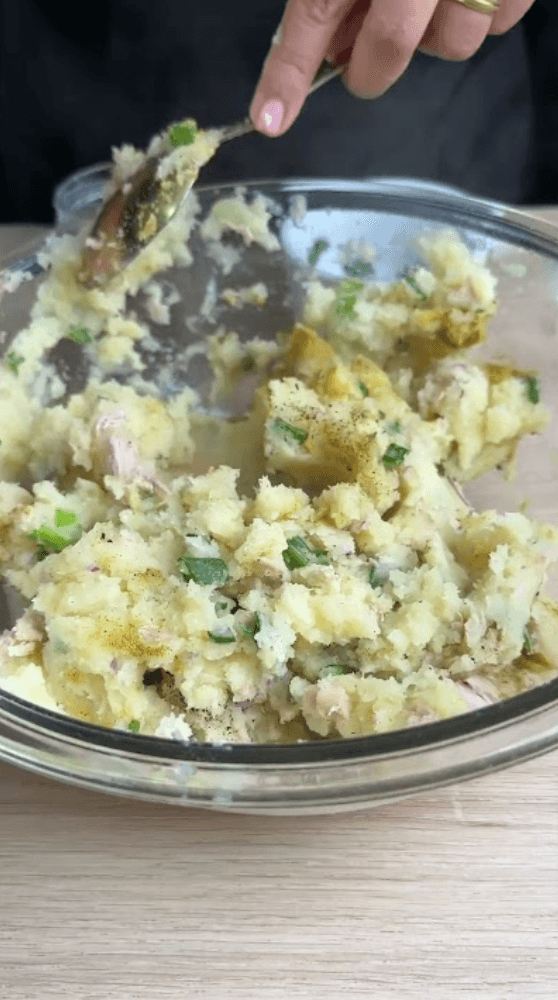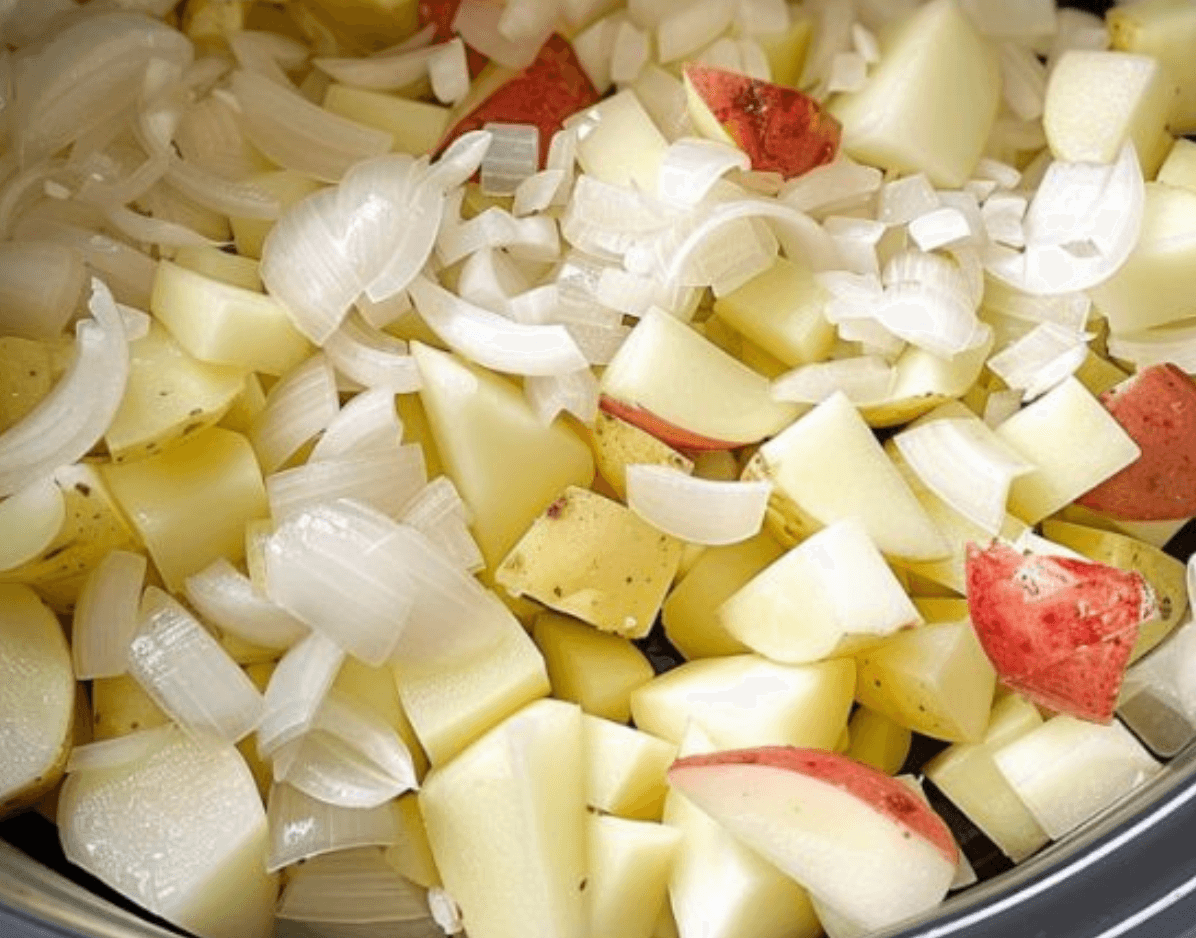Homemade Lemon Curd: A Zesty and Velvety Delight
Indulge in the bright and tangy flavors of homemade Lemon Curd with this simple and irresistible recipe. Bursting with fresh lemon zest and juice, this velvety smooth curd is the perfect balance of sweet and tart, making it a versatile topping, filling, or spread for all your favorite desserts and breakfast treats. With just a handful of ingredients and minimal effort, you can create a batch of this citrusy delight to elevate your culinary creations. Let’s dive into the recipe and unlock the vibrant essence of homemade Lemon Curd!
Ingredients:
- ½ cup sugar
- Zest of 1 lemon
- 3 eggs
- ½ teaspoon salt
- ½ cup fresh lemon juice, about 3 lemons
- ½ cup butter (1 stick), cubed
- ½ teaspoon vanilla
Instructions:
- Prepare Double Boiler: Fill a saucepan with 1-2 inches of water and bring it to a gentle simmer over medium heat. Place a heatproof bowl over the saucepan, ensuring that the bottom of the bowl does not touch the water. This makeshift double boiler will gently heat the ingredients without direct contact with the heat source.
- Combine Sugar and Lemon Zest: In the heatproof bowl, whisk together the sugar and lemon zest until well combined. The lemon zest will infuse the sugar with its citrusy aroma, enhancing the flavor of the curd.
- Add Eggs and Salt: Add the eggs and salt to the bowl with the sugar mixture. Whisk vigorously until the ingredients are thoroughly combined and the mixture becomes pale and slightly thickened.
- Incorporate Lemon Juice: Gradually pour the fresh lemon juice into the egg mixture, whisking continuously to prevent curdling. The acidity of the lemon juice will balance the sweetness of the sugar and eggs, resulting in a vibrant and tangy curd.
- Cook Over Double Boiler: Place the bowl over the simmering water in the saucepan, ensuring that the water does not touch the bottom of the bowl. Cook the mixture, stirring constantly with a heatproof spatula or whisk, until it thickens to a custard-like consistency, about 8-10 minutes.
- Add Butter and Vanilla: Once the curd has thickened, remove the bowl from the heat. Add the cubed butter and vanilla to the curd, stirring until the butter is completely melted and incorporated into the mixture. The butter will add richness and silkiness to the curd, while the vanilla enhances its flavor with a subtle hint of sweetness.
- Strain (Optional): For a smoother texture, you can strain the curd through a fine-mesh sieve to remove any bits of cooked egg or lemon zest. This step is optional but recommended for a velvety smooth finish.
- Cool and Store: Allow the Lemon Curd to cool slightly before transferring it to a clean jar or container. Cover the curd with a piece of plastic wrap or lid, pressing it directly onto the surface to prevent a skin from forming. Refrigerate the curd for at least 1-2 hours, or until chilled and set.
- Serve and Enjoy: Once chilled, the Lemon Curd is ready to be enjoyed! Spread it onto scones, toast, or pancakes, swirl it into yogurt or oatmeal, use it as a filling for cakes or tarts, or simply indulge in a spoonful of its sunny goodness straight from the jar.
Cook’s Tips and Variations:
- Choosing Lemons: Select ripe, fragrant lemons with smooth, unblemished skin for the best flavor and aroma. Organic lemons are preferred, especially when using the zest, to avoid any potential pesticide residues.
- Consistency: The curd will continue to thicken as it cools, so it’s important not to overcook it. It should have a smooth and pourable consistency similar to custard when done.
- Lemon Zest: Be sure to zest the lemons carefully, avoiding the bitter white pith beneath the zest. A microplane or fine grater works well for zesting.
- Storage: Homemade Lemon Curd can be stored in the refrigerator for up to 2 weeks. For longer storage, it can be frozen in an airtight container for up to 3 months. Thaw frozen curd in the refrigerator overnight before using.
Frequently Asked Questions (FAQs):
1. Can I use bottled lemon juice instead of fresh? While fresh lemon juice is preferred for its vibrant flavor, you can use bottled lemon juice as a substitute if fresh lemons are not available. However, keep in mind that bottled lemon juice may lack the freshness and brightness of flavor compared to fresh juice.
2. Can I reduce the amount of sugar in the recipe? The amount of sugar in the recipe can be adjusted according to personal preference. However, keep in mind that sugar not only sweetens the curd but also contributes to its texture and stability. Adjusting the sugar may affect the overall taste and consistency of the curd.
3. Can I make a larger batch of Lemon Curd? Yes, you can easily double or triple the recipe to make a larger batch of Lemon Curd. Simply adjust the ingredient quantities accordingly and follow the same cooking process.
4. Is Lemon Curd the same as lemon pie filling? While both lemon curd and lemon pie filling are made with similar ingredients such as eggs, sugar, and lemon juice, they have different consistencies and uses. Lemon curd is typically smoother and more pourable, making it ideal as a spread, filling, or topping for various desserts. Lemon pie filling, on the other hand, is thicker and often contains additional starch or thickeners to create a firm texture suitable for pies and tarts.
Homemade Lemon Curd is a delightful and versatile addition to any kitchen repertoire, offering a burst of sunshine in every spoonful. Whether used as a spread, filling, or topping, its bright and tangy flavor elevates a wide range of sweet treats and breakfast delights. With its simple preparation and delightful taste, homemade Lemon Curd is sure to become a staple in your culinary creations. So, roll up your sleeves, zest those lemons, and embark on a culinary adventure filled with citrusy goodness!






